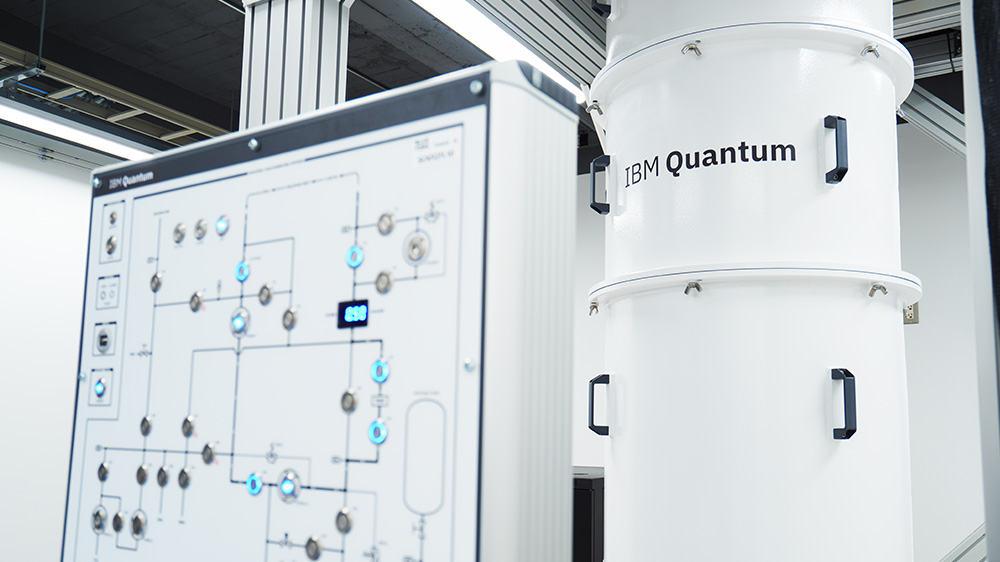OverviewAbout ICEPP

Seeking new horizons in physics through international collaborations
The International Center for Elementary Particle Physics (ICEPP) at the University of Tokyo is a research center for particle physics at the highest-energy frontier, promoting research through international collaborations. ICEPP physicists are working to expand the forefront of human knowledge, aiming to uncover the fundamental laws of the universe and to bring about new ideas that could revolutionize our views of matter and the universe.
ATLAS
EXPERIMENT
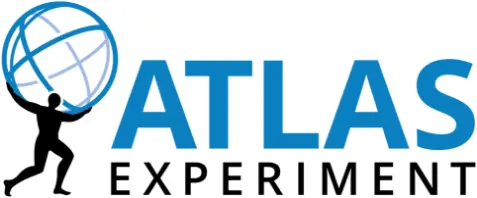
The ATLAS Experiment is a project at the very forefront of the elementary particle physics field's energy frontier. It aims to shed light on the origins of space and the fundamental principles of the natural world. A major milestone was achieved with the detection of the Higgs boson, but there are still many areas of physics to be explored before reaching the ultimate goal of this research.
The ATLAS Experiment is being conducted at the European Organization for Nuclear Research (CERN) in Switzerland. This is, without question, the world's finest research laboratory, bringing together over half of the world's elementary particle physics researchers (roughly 10,000 researchers). CERN is using the world's highest energy accelerator, the LHC (Large Hadron Collider) to investigate the original state of space and matter.
Having completed the first and second stages of experimentation, the LHC resumed the third phase of experimentation in 2022. To take on the challenges of physics research using the LHC's new proton collision energy levels, the collider's detectors have been upgraded with even higher trigger selection capabilities. Furthermore, the high-luminosity LHC (HL-LHC) plan is also being implemented to increase particle collision frequency.
The ATLAS Experiment will use massive amounts of data, an order of magnitude more than experiments of the past, to search for new particles and perform high-precision measurement, expanding the frontiers of science.
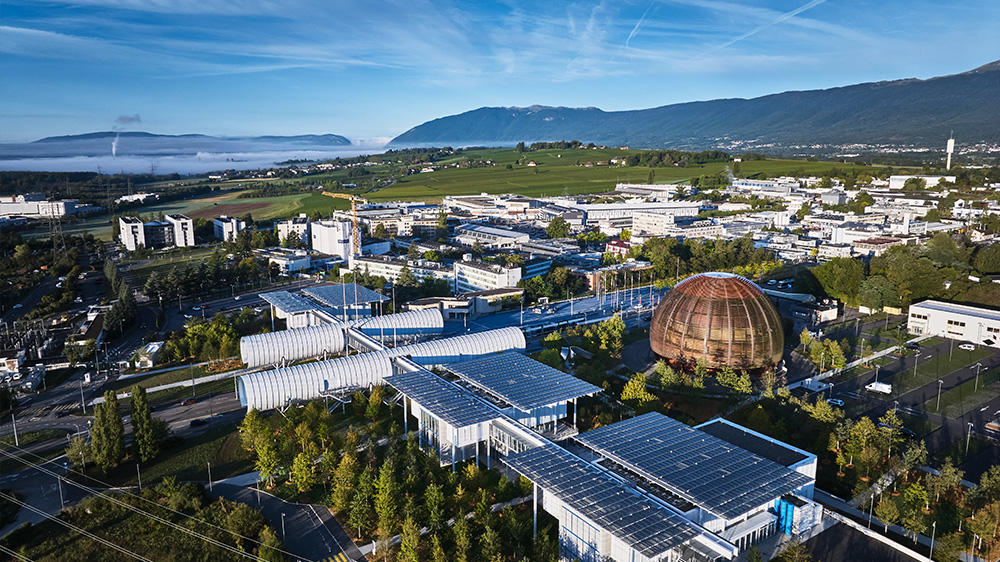
MEG
EXPERIMENT

The MEG Experiment, conducted in the Paul Scherrer Institute (PSI) in Switzerland, aims to verify the supersymmetric grand unified theory, a new theory that goes beyond the Standard Model. This experiment was designed and proposed by an ICEPP research group, and researchers in Italy, Switzerland, the U.S., and Russia who recognized its importance have been conducting international joint experiments since 2008.
The project's goal is to observe the muon, a close relative of the electron, breaking down into an electron while emitting a gamma ray (μ→eγ decay). This is something that would be impossible under the Standard Model, but that the supersymmetric grand unified theory predicts should occur at a probability of once every several hundreds of billions to once every ten trillion muon decays. Even if the phenomenon isn't observed, the results of the MEG Experiment would examine the validity of the Standard Model, and the behavior of muons would determine the direction taken by new theories.
The first phase of the experiment ended in the summer of 2013. In the second phase (MEG II), which began in 2022, the observation sensitivity has been raised by an order of magnitude. The MEG II Experiment will maintain and expand on the fundamental strategy of the first phase. The Japanese research team is responsible for the primary components used in the experiment and for managing the entire research group.
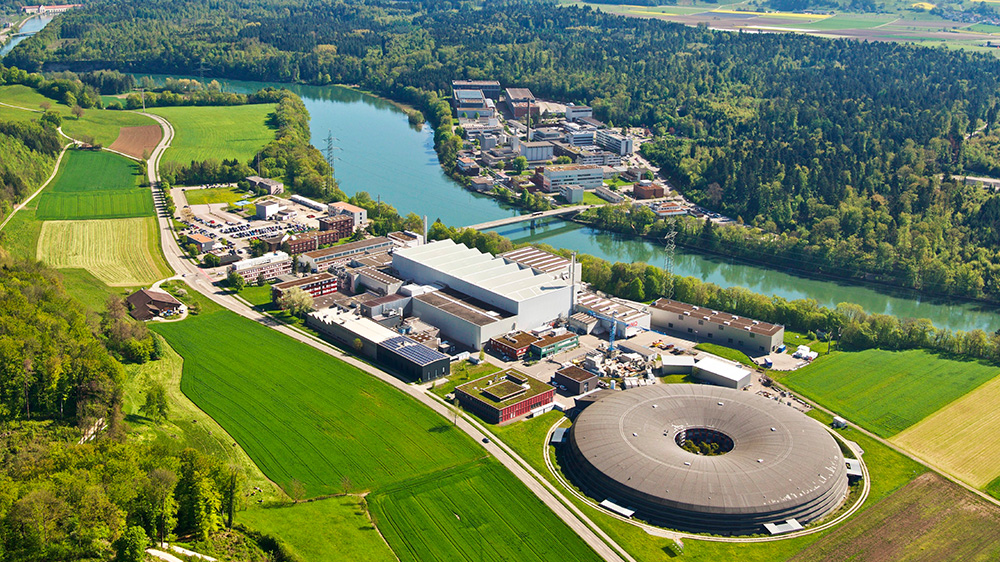
ILC PROJECT

The ILC, or International Linear Collider, project is a core next-generation elementary particle physics project that is hoped to be the key to exploring the frontiers of physics, led by the close study of the Higgs boson. Unlike the LHC, this project aims to construct an accelerator that will collide electrons and positrons.
By colliding electrons and positrons with a center-of-mass energy of 250 GeV, the ILC will generate and observe large numbers of Higgs bosons. These collisions will be precisely measured to elucidate physics that go beyond the Standard Model of particles. The ILC will be capable of high-precision observation of collisions between elementary particles, so it is hoped to shine a light on phenomena that cannot be closely observed using CERN's LHC. The project is also considering raising the collision energy to the TeV level. Elementary particle physicists from around the world are engaged in research and development to make that possible.
Researchers from the University of Tokyo and ICEPP hold key positions in the plan promotion organization and are working diligently to put the collider into operation by the late 2030s.
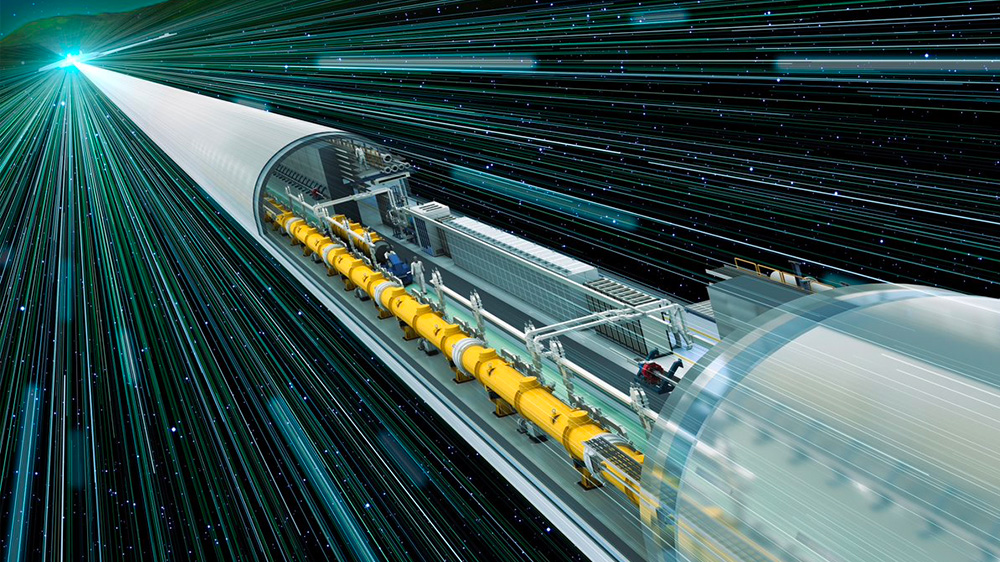
QUANTUM AI
The amount of data produced by the high-luminosity LHC project is expected to be tens of times greater than the amount of data that is currently available. Achieving a level of computation precision that equals the advances being made in the precision of experiments will require new computation paradigms that go beyond current computational methods. This is why three research projects are currently being carried out using quantum computers. The first is a quantum AI research project. Quantum machine learning technologies will be the key to discovering new phenomena using the data acquired from experiments and to efficiently reconstructing information about particles from detector data. The second project is quantum simulation research regarding elementary particle reactions. This project uses a quantum computer to efficiently simulate the field theory of elementary particles, and it aims to improve computational accuracy and computation resources. The third is a quantum hardware research project. The project is developing superconductive quantum devices for achieving quantum AI and performing quantum simulations using a quantum computer. It is also researching and developing quantum sensors that will make new physics experiments possible. Other multifaceted research is also being conducted, including joint research with private companies, building on the international joint research being performed together with CERN and U.S. universities and research institutes.
